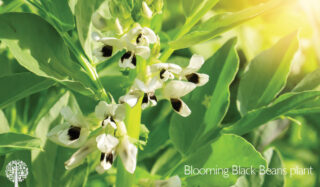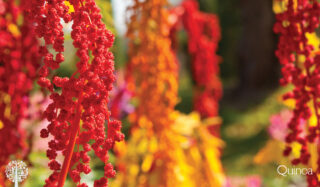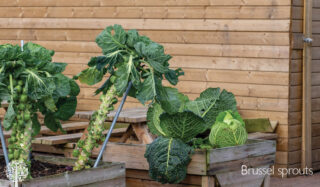Protein! We all know we need it – and multiple studies have shown that most North Americans aren’t eating enough. But we also know that while meat is a good source of protein, reducing our meat consumption is essential for our health and the planet. So, the question is – can you get protein from plants? Yes, you definitely can. Which ones are easy to grow yourself? Well, I’m glad you asked.
Why Grow Black Beans at Home?
Besides being, as the classic playground song informs us, a musical fruit, beans are also a great source of protein. One cup of black beans will provide a nice 15g hit of protein, and they are also super versatile in their use in a whole host of recipes. They are also pretty no-fuss and easy to grow at home in your garden. Know that black bean seeds do best when the earth is warm, so be patient and don’t plant them too early in the season. Wait until after your region’s last frost date. Also, the plants will generally lose when it comes to black bean plants vs weeds. So, make weeding a priority.


Consider Lentils in Your Garden
At almost 18g of protein per cup of boiled lentils, these legumes are another great option to incorporate into your diet. You might not have considered growing lentils in your garden before, but you definitely should. There are a few things to remember, but they are a relatively easy crop to grow. They can thrive in a variety of soils, and they grow quickly. The plants are relatively small, though, so it’s recommended to plant a bunch of them to get a solid yield of lentils for the family.


Quinoa is an Option for the Home Garden!
Ya, this one surprised me, too. Not sure why, but I never considered quinoa something a home gardener could take on in North America. Well, it turns out we can – as long as we live in a region with cool nights and day temps that aren’t regularly topping 32°C. The hardest part about growing quinoa is harvesting the seeds, isolating them, and cleaning them properly to remove the saponins (which, if consumed in large quantities, can be toxic). But do all that, and you’ve got yourself a little over 8 grams of protein per cooked cup.


Chia: An Easy Protein to Grow
Talk about easy. Growing chia is so easy that millions of people have grown pets out of them since the 80s. However, while the seeds used for Chia Pets are real chia seeds, they aren’t handled with high food-grade standards, so I wouldn’t recommend eating the fur of your Chia pet dog. But I recommend eating chia – this superfood has numerous nutritional benefits and almost 5 grams of protein per ounce. And yes, you can even grow a chia plant from chia seeds you buy at the grocery store.


Brussels Sprouts Do Well During the Cold Months
The 10-year-old version of ourselves could probably think of only a few things worse than growing our own Brussels sprouts. However, as adults who have mastered the art of roasting veggies in the oven, many of us have come to quite like and appreciate these little balls of green goodness (and if you aren’t off meat completely, roasting them with some bacon is the kind of thing that (when done well) might change your life). They are also an excellent addition to your garden real estate as they do well in those cold winter months when many other garden residents will be down for the count.


![]()